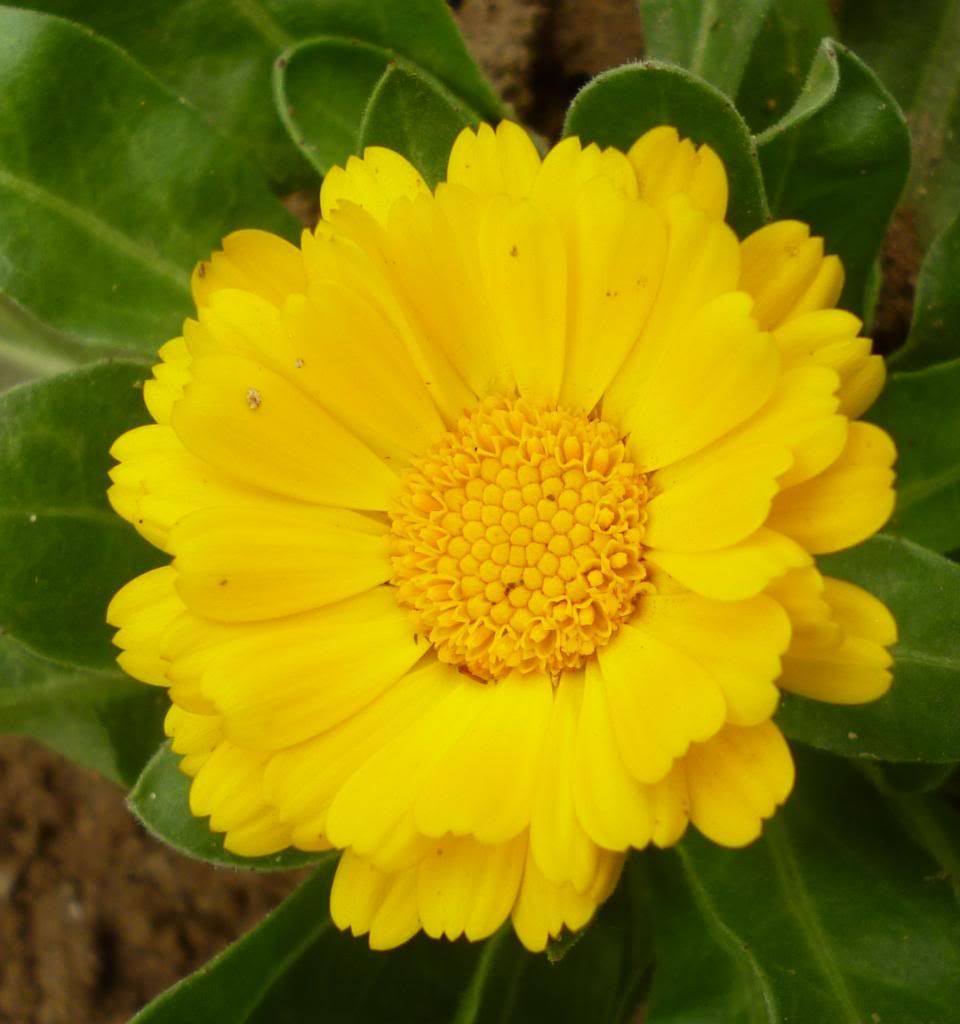Calendula officinalis
Posted: July 9th, 2013, 3:38 pm
| Botanical Name | Calendula officinalis |
| Family | Asteraceae |
| Genus | Calendula |
| Specie | C. officinalis |
| Local Name in Urdu | گل اشرفی |
| Common Name | calendula_pot marigold_ruddles_garden marigold |
| Life Cycle | Annuals |
| Cultivar Name | |
| Fragrant or Not | no |
| Category(Bush/Vine/Tree) | annual plant |
| Height | 12-20 in. |
| Spacing | 6-9 in. |
| Flowering Months | spring |
| Flower Color | Orange Bright Yellow |
| Growing Areas | all Pakistan |
| Frost Tender | yes |
| Exposure | full sun |
| Soil pH | tolerent |
| Propagation | by seeds |
| Uses | ornamental ,medicinal plant |
| Other Details | Calendula officinalis is widely cultivated and can be grown easily in sunny locations in most kinds of soils. Although perennial, it is commonly treated as an annual, particularly in colder regions where its winter survival is poor, or in hot summer locations where it also does not survive.Calendula are considered by many gardening experts as among the easiest and most versatile flowers to grow in a garden, especially since they tolerate most soils. In temperate climates,Leaves are spirally arranged, 5–18 cm long, simple, and slightly hairy. The flower heads range from pastel yellow to deep orange, and are 3–7 cm across, with both ray florets and disc florets.Pot marigold florets are considered edible. They are often used to add color to salads, or added to dishes as a garnish and in lieu of saffron. The leaves are edible but are often not palatable. They have a history of use as a potherb and in salads. |


Image courtesy Farhan ahmad(gardening Pakistan)

Calendula Nana Fruit Twist by Farhan Ahmad
